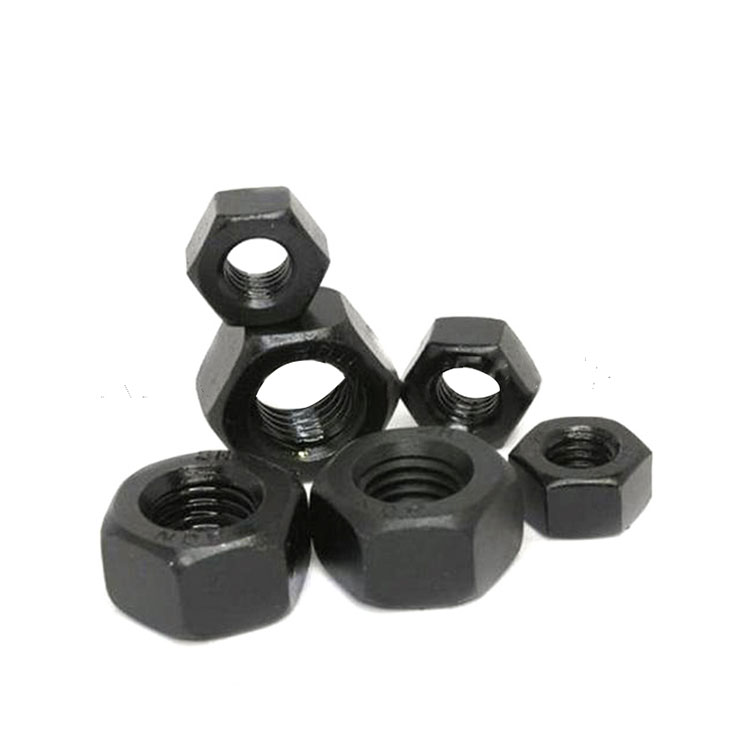How Does a Nylon Lock Nut Differ From a Standard Hex Nut in Practice
2025-09-30
When you're assembling critical components, choosing the right Hex Nut is fundamental. While a standard Hex Nut is a versatile fastener, a nylon lock nut (or nyloc nut) serves a specific, vital purpose. So, how do they truly differ in real-world applications? The core distinction is simple: a standard Hex Nut relies entirely on friction between threads to resist loosening, whereas a nylon lock nut features a nylon collar that mechanically grips the bolt to prevent vibration-induced loosening.
A Closer Look at the Mechanics
The practical differences stem from their internal design:
-
Standard Hex Nut: A simple, all-metal nut. Its effectiveness depends on precise thread fit and proper torque.
-
Nylon Lock Nut: Includes a nylon ring at its top. As you tighten it, the bolt threads engage with this polymer insert, creating a strong, elastic grip.
For professionals who demand reliability, the Gangtong Zheli range of nylon lock nuts is engineered for superior performance. Key parameters include:
-
Material: Grade 8 Steel with non-ferrous nylon insert
-
Plating: Zinc Plated for corrosion resistance
-
Temperature Range: -40°F to +250°F (sustained)
-
Reusability: Typically 5-10 cycles while maintaining locking force
Performance Comparison
| Feature | Standard Hex Nut | Nylon Lock Nut |
|---|---|---|
| Vibration Resistance | Low | High |
| Primary Locking Method | Thread Friction | Nylon Collar Grip |
| Ease of Removal | Standard | Requires More Torque |
| Ideal Application | Static, Low-Vibration Loads | Machinery, Vehicles, Equipment |
Your Hex Nut FAQ Common Questions Answered
Can I reuse a nylon lock nut
Yes, but with caution. The Gangtong Zheli nylon lock nut can typically be reused 5-10 times. However, its locking effectiveness will diminish with each use as the nylon insert wears. For critical, high-vibration applications, replacing it with a new one is the recommended best practice.
What is the correct way to install a nylon lock nut
Installation is straightforward. Run the nut down the bolt until it makes contact with the workpiece. Then, using a calibrated wrench, tighten it to the full recommended torque value. Ensure you are turning the nut, not the bolt, to avoid damaging the nylon collar. The goal is to fully engage the threads past the nylon insert.
When should I avoid using a nylon lock nut
Avoid them in high-temperature environments exceeding their rated limit, as this can degrade the nylon insert. Also, for permanent installations where disassembly is not planned, other solutions like a prevailing torque lock nut or a Hex Nut with a thread-locking adhesive might be more appropriate.
Secure Your Projects With Confidence
Understanding the practical difference between these nuts ensures the integrity and safety of your assemblies. For applications where vibration is a concern, the engineered solution from Gangtong Zheli provides the reliable performance you need.
Contact us today to discuss your specific requirements and discover how our high-quality Hex Nut products can provide a safer, more reliable fastening solution for your projects.



